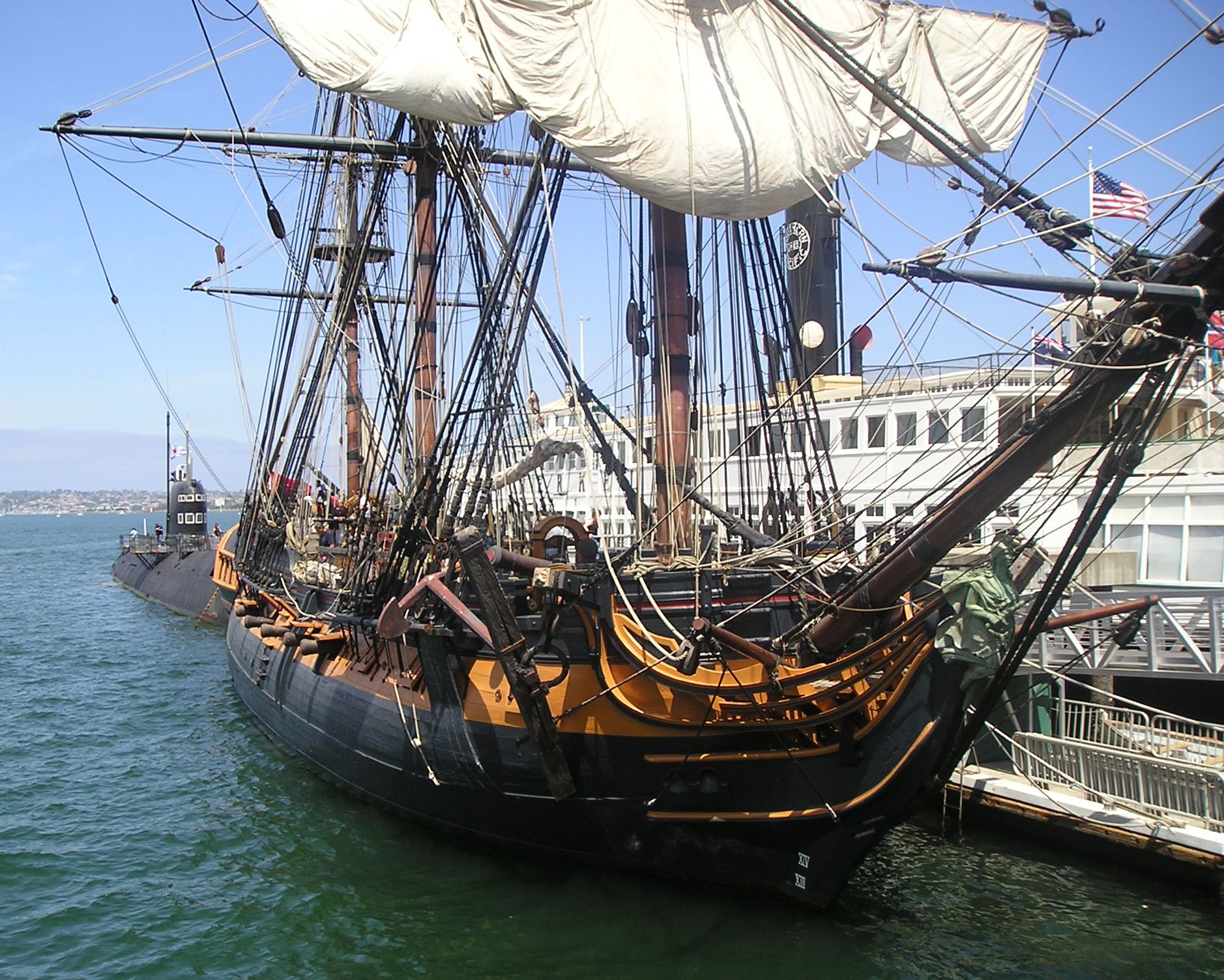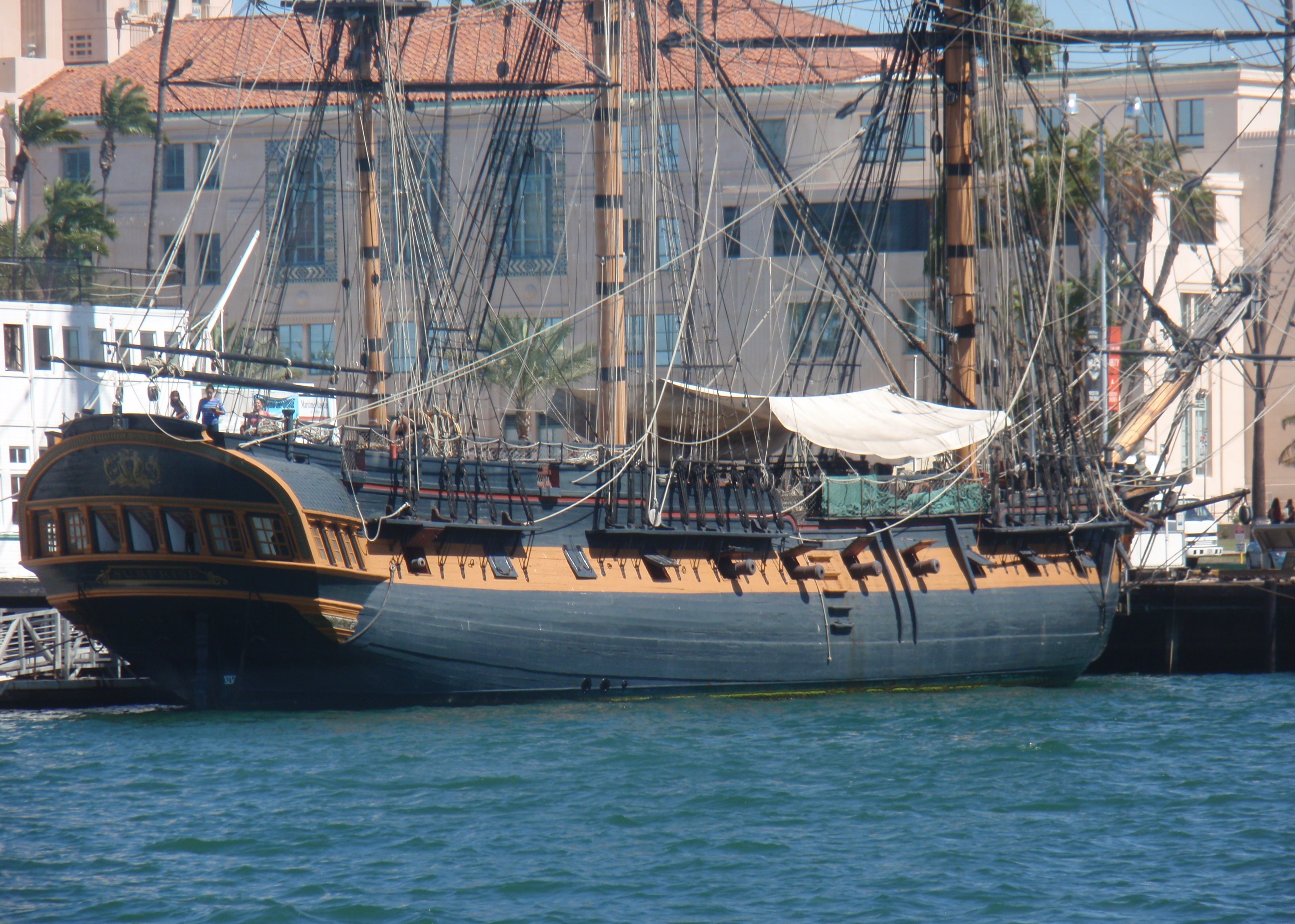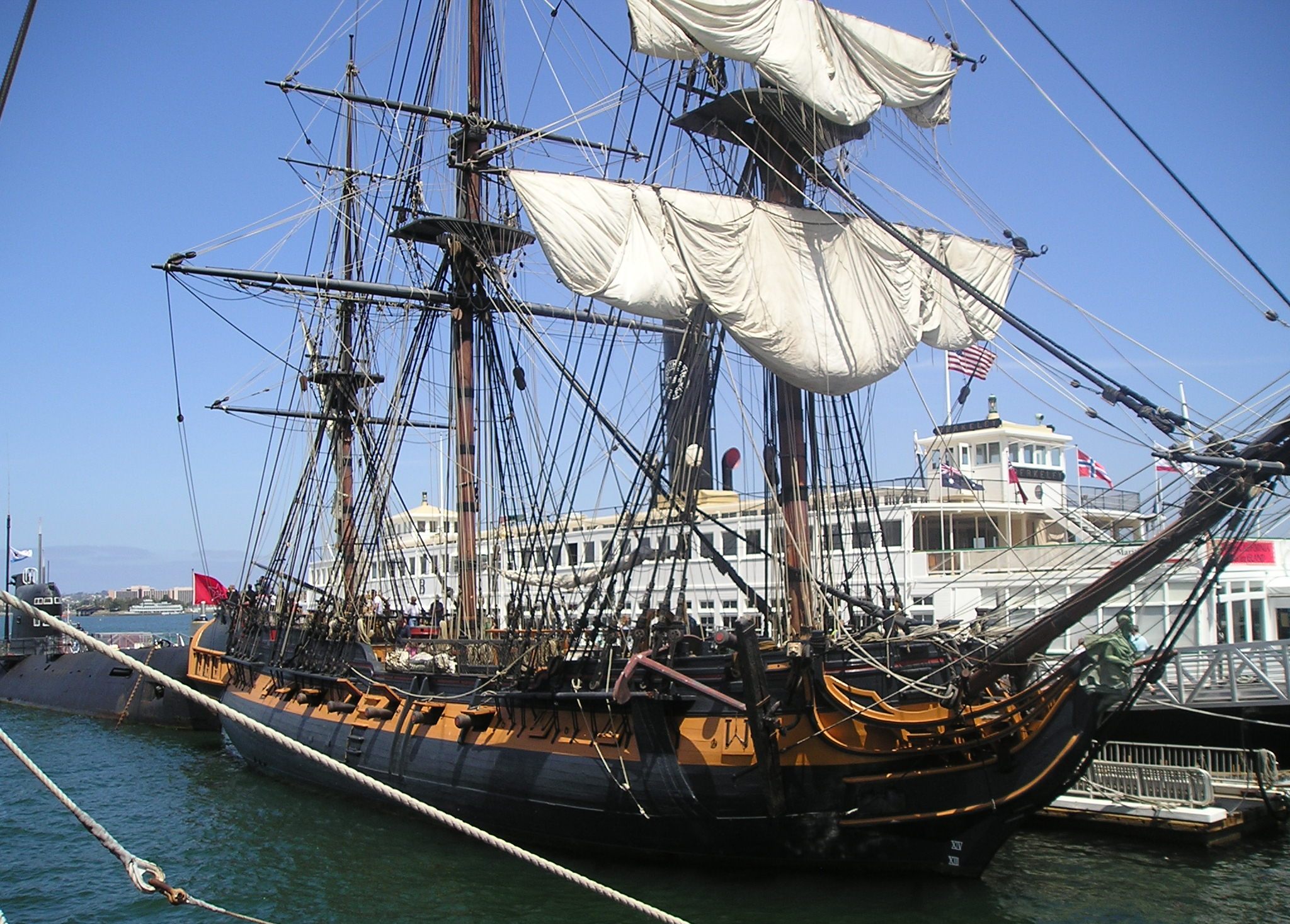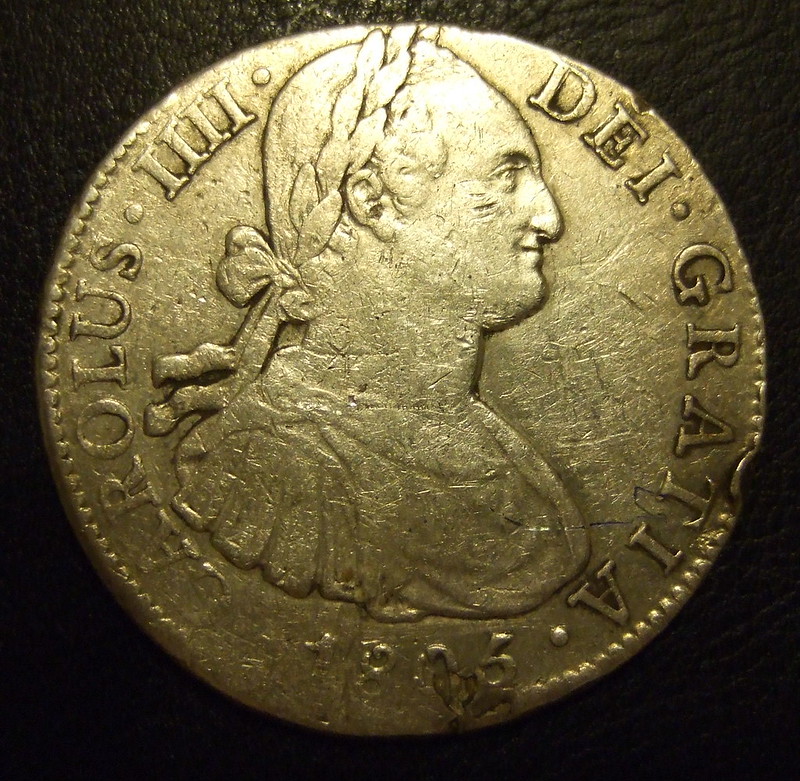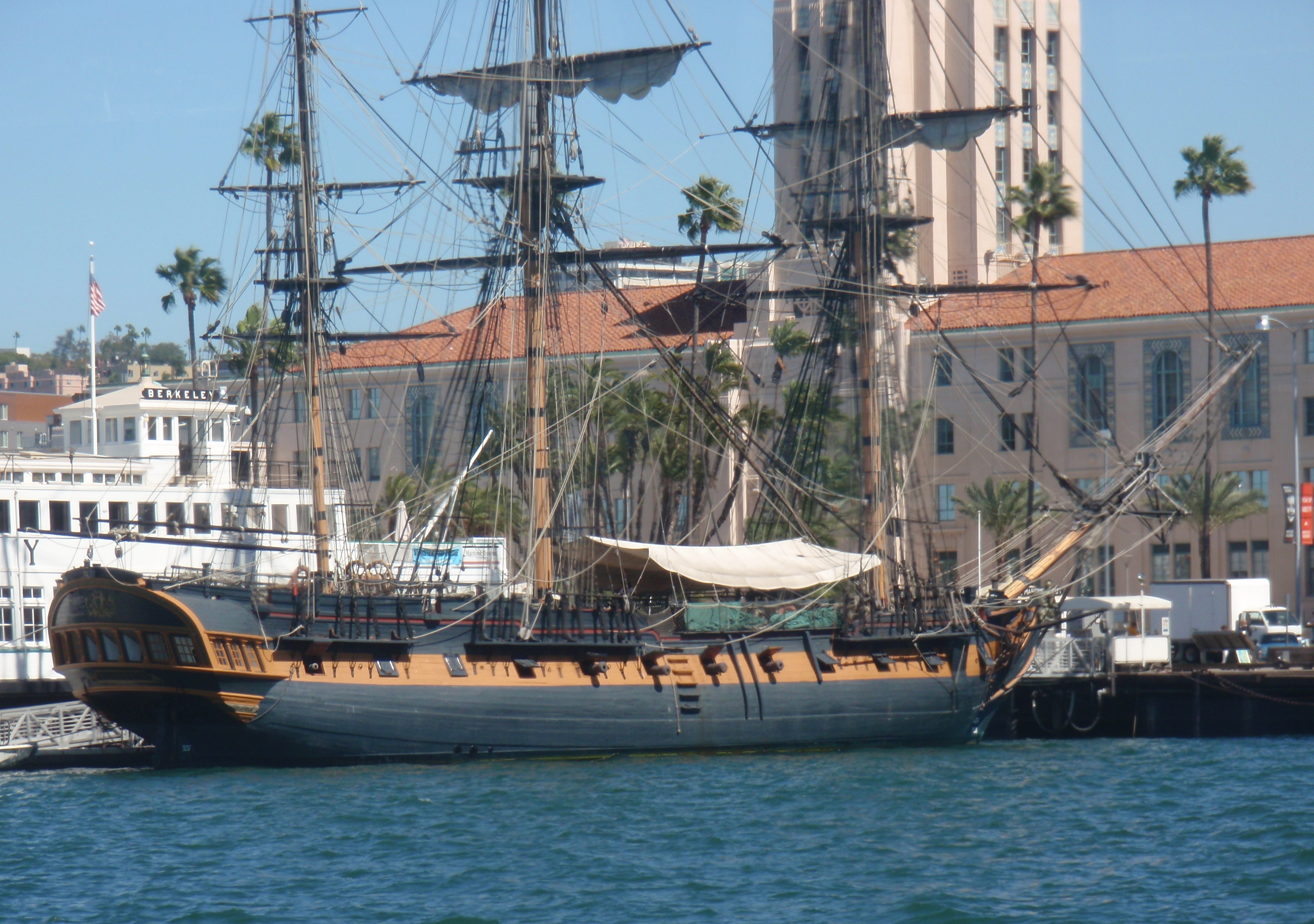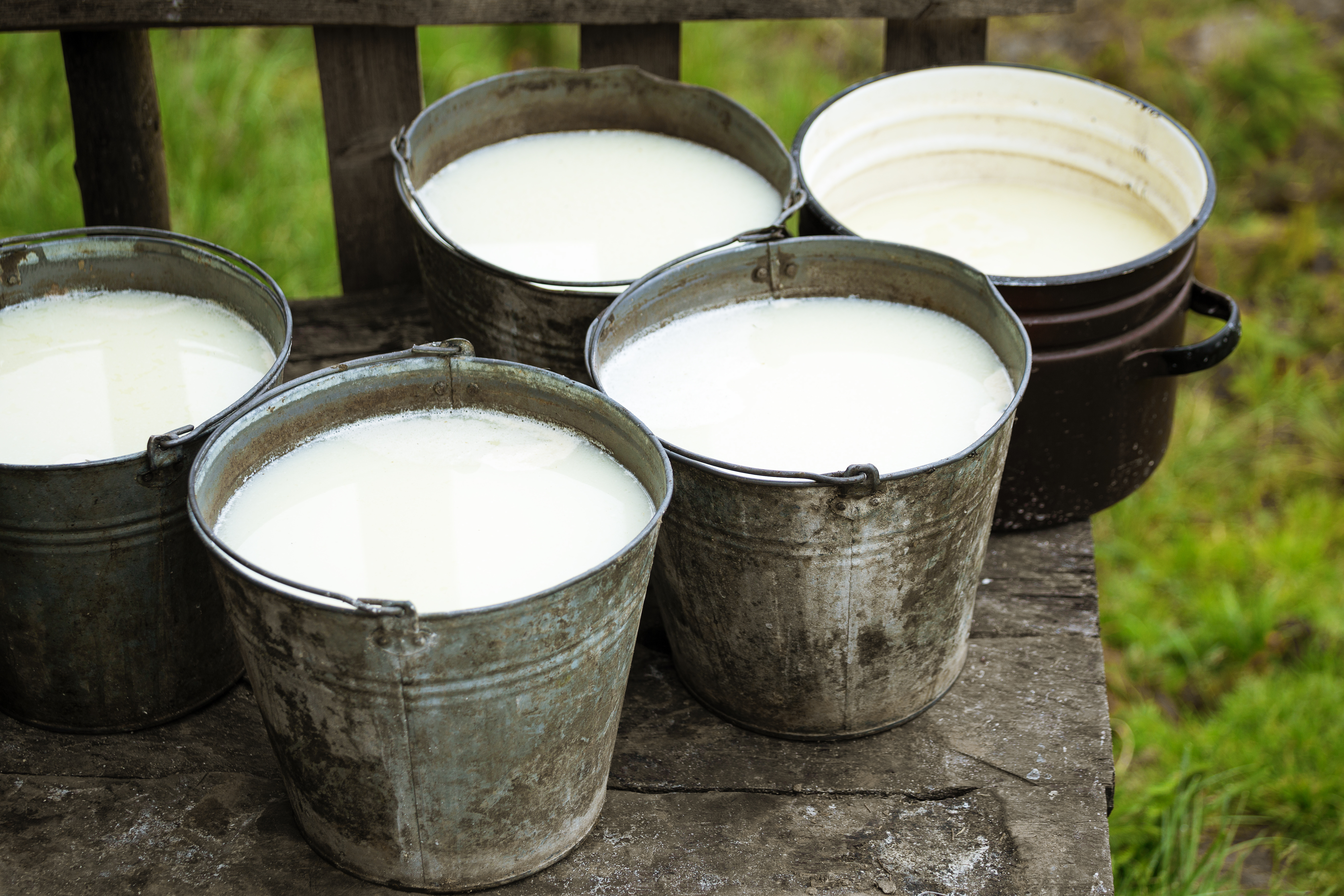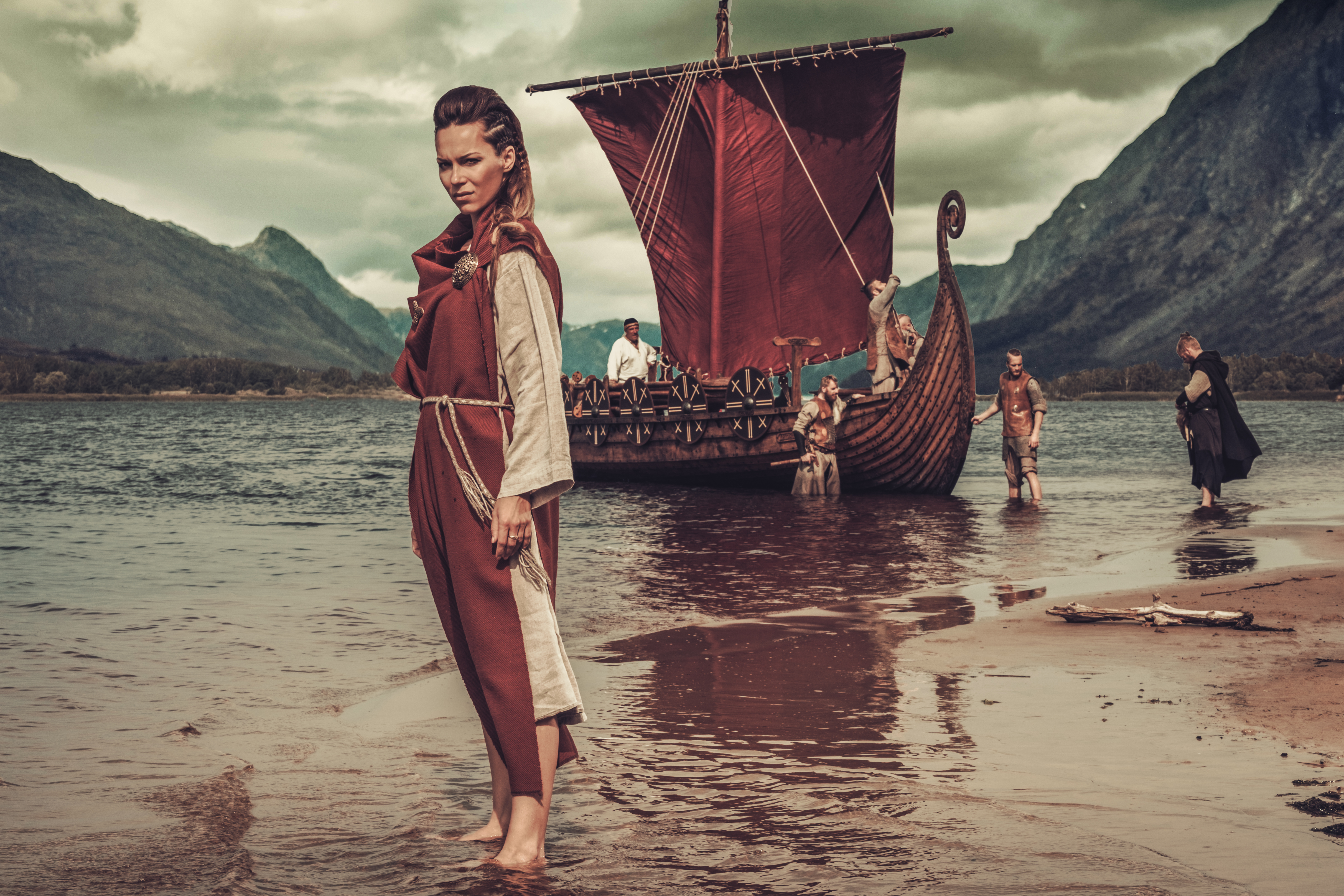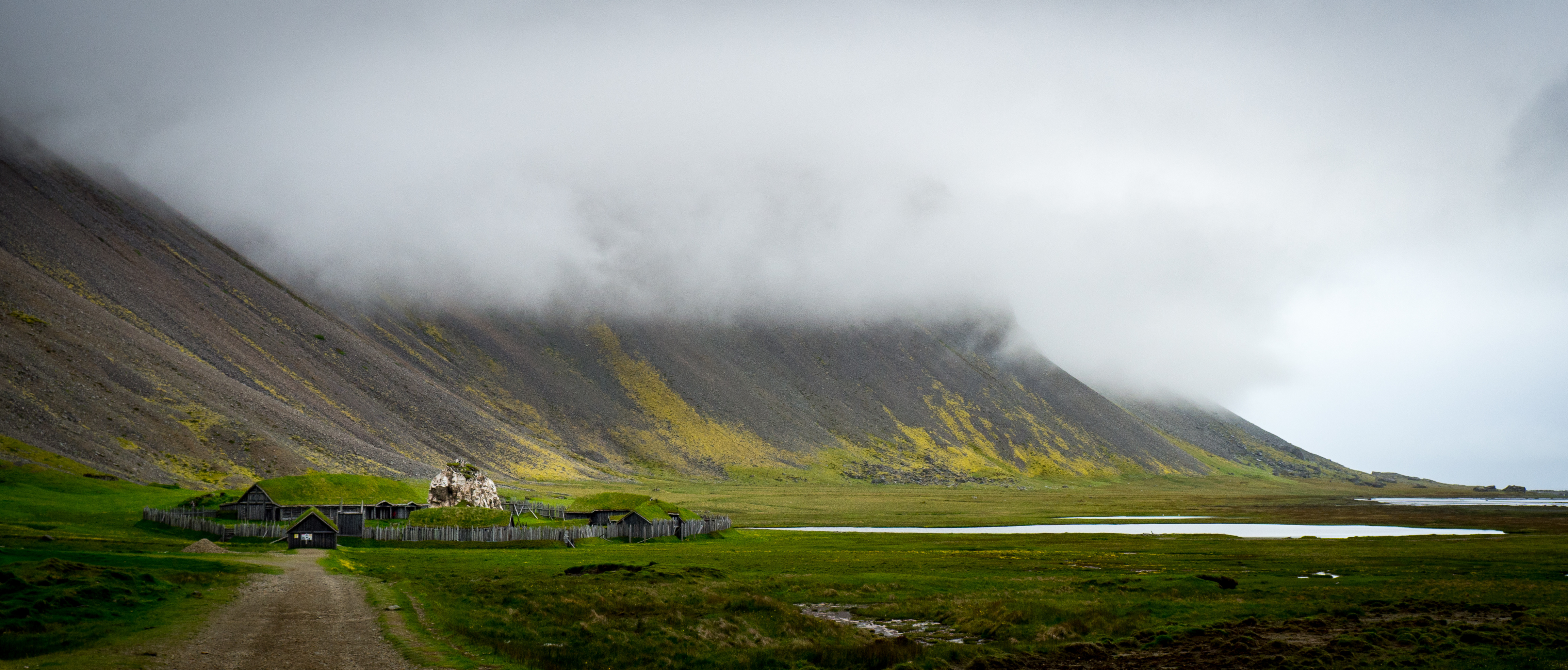Why go out pirating? How many pirates were there?
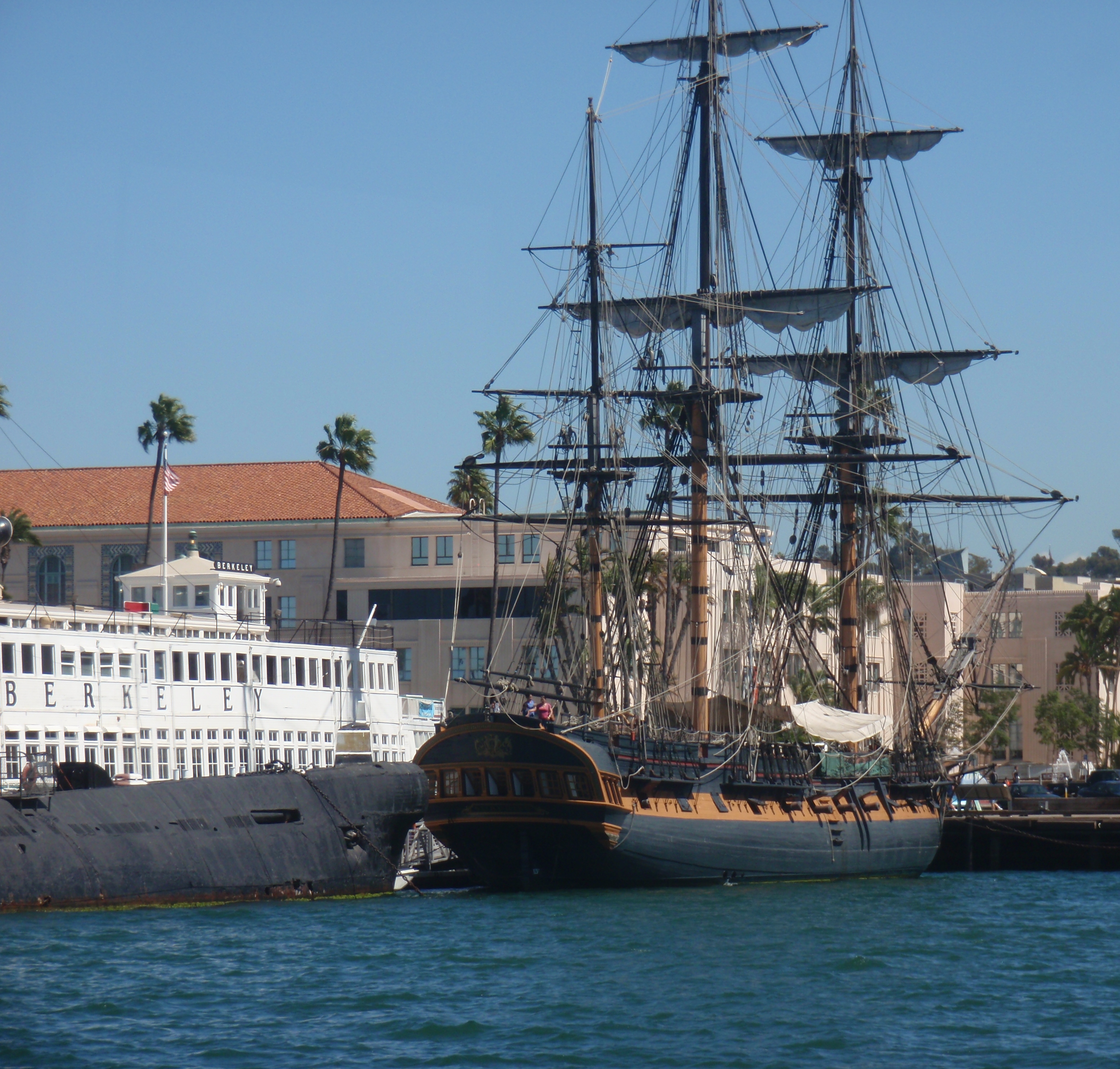
In Black Flags, Blue Waters, author Eric Jay Dolin says that many men in the American colonies signed on with a pirate captain for a cruise in order to make a fortune.
Even modest good luck would produce enough wealth to buy a nice chunk of land and enough livestock to live well.
A really successful voyage would produce enough loot to be quite well-off when you returned.
